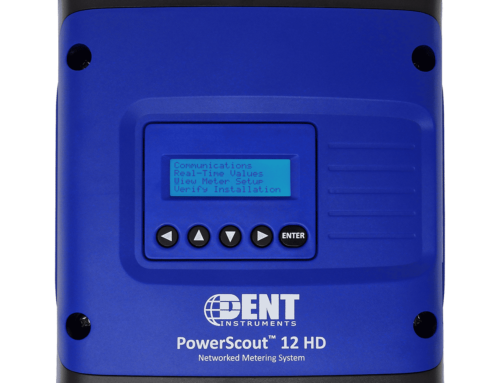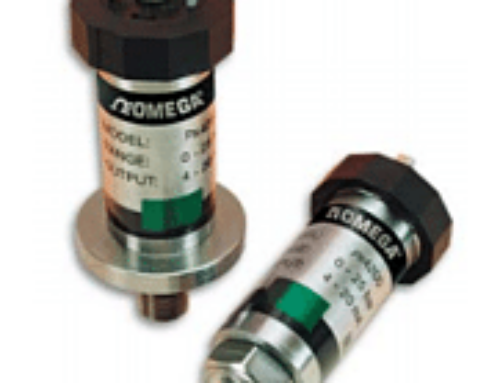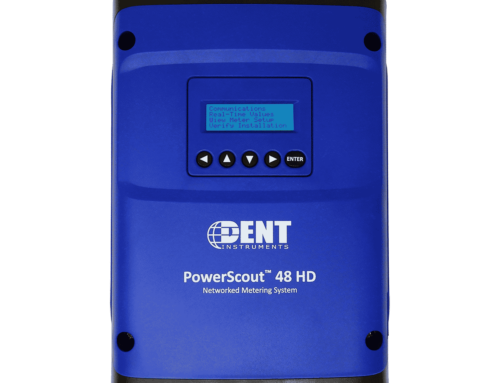There’s nothing more frustrating than arriving at the project site to complete a meter installation only to realize you do not have the right current transformer in your toolkit. Not having the right tools for any job is a waste of both time and money. To avoid this, a little pre-planning goes a long way.
Current transformers are available in a variety of styles, sizes, and amperage ranges. They vary in output and accuracy as well. With so many variables, it is sometimes difficult to choose exactly the right CT for a project. Or is it?
Whether you need assistance with choosing the right CT, or have a related inquiry, contact us at DENT Instruments.
Answer the Following Questions to Find the Right Current Transformer
Selecting the right current transformer can be as easy as answering a few questions about your project, the site, and the goals. You may be able to answer some of these questions before even setting foot on your project site. Others, such as knowing whether there is a space constraint in your electrical panel, are best answered after a site visit. Answer a few questions up front to save major headaches down the road.
QUESTION 1: WHAT TYPE OF POWER METER ARE YOU USING?
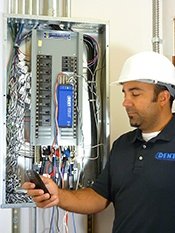
One thing to keep in mind is that just because a current transformer is compatible with a meter does not mean that it’s the best choice. For example, did you know that all DENT CTs are compatible with both ELITEpro and PowerScout series instruments? Even though they work together, a clamp-on CT isn’t the best choice to use with a PowerScout. Why? Because part of the appeal of a clamp-on CT in the first place is that it’s easy and convenient to move between panels. In fact, you’re paying more for that extra convenience. The PowerScout, along with other submeters in the industry, are designed to be permanently installed so why pay for the convenience of a clamp-on when you’re not moving it anyway?
Some ways meter choice impacts CT choice:
- CT inputs- is your meter designed for mV output CTs or amp output? Common industry standards are 333mV, 1A, or 5A. DENT meters are compatible with 333mV.
- Will the meter be installed permanently (such as with a PowerScout or other submeter) or will you be moving the meter from location to location (such as with energy audits)?
- Does the meter have the ability to work with flexible Rogowski coils either by themselves or with an amplifier/integrator?
QUESTION 2: HOW MANY AMPS DO YOU PLAN ON MEASURING?
Perhaps one of the most important questions to answer is how many amps will be measured. You will typically know this ahead of a site visit because it’s typically dictated by your project goals. If your goal is to measuring a lighting load in a small office, the CT required will be much smaller than if you plan on measuring a full building load for a large complex.
Keep in mind that best CT performance occurs when the current flow is between 10% and 100% of the CT full-scale value. For example, let’s say you wanted to measure four lighting circuits with #12 wires and 20A breakers. When the lights are on, the amperage measures 45 amps. The ideal CT for this example is a 50A split core current transformer.
But what about a Rogowski coil? They are easy to install and work over a broad range. Keep in mind that the best CT accuracy occurs when the load operates as close to the full rating of the CT as possible. If the load is under 20A, generally speaking a Rogowski coil is not the right choice because it is simply too big for that load. In addition, current values below 5A may cause the meter to read 0 amps.
What happens if you move your meter between many different loads? Sometimes the best solution in this case is to keep two different sets of CTs in your toolkit – one set for small loads (for example, a set of 50A split cores) and one set for larger loads, like Rogowski coils. This way, you’re covered for many different environments.
QUESTION 3: DO YOU REQUIRE A REVENUE-GRADE CT?
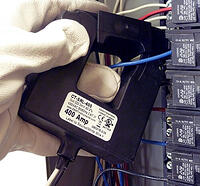
Thinking about your project type and goals, it’s important to keep in mind what the end-data will be used for. If you’re doing a measurement and verification (M&V) project, a standard accuracy (1% accuracy) may be accurate enough to achieve your project goals. If you are using a revenue grade meter for tenant submetering or billing purposes, every bit of accuracy counts – and a revenue grade CT would be ideal.
Examples for when to use a Standard Accuracy CT:
- Load studies
- Measurement & Verification applications
Examples for when to use a Revenue-Grade CT:
- Demand Metering
- Tenant Submetering
- Tenant Billing
- Your meter is also revenue grade
QUESTION 4: HOW LONG WILL YOUR PROJECT LAST?
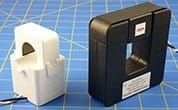
Some CTs are easier to install and move around than others. Available CT styles generally include:
- Split Core – removable leg or hinge design
- Clamp-On – clothes-pin design, one handed operation
- Rogowski Coil – flexible “rope-style” CT
- Solid Core – rigid; conductor must be inserted through window
Split core, clamp-on, and Rogowski coil CTs are designed to be installed without disconnecting any wires. With the solid core, you must disconnect the conductor to feed it through the window opening of the CT. This can be an inconvenience under certain circumstances and probably not handy if you plan on moving the meter around often.
No matter which type of CT you choose, if possible, always de-energize the circuit to be monitored and follow full safety precautions outlined in your equipment manuals.
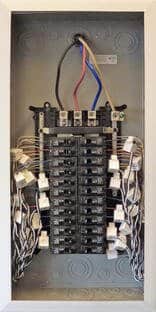
QUESTIONS 5 & 6: HOW MUCH “FREE” SPACE DO YOU HAVE IN THE PANEL? HOW BIG IS THE CONDUCTOR TO BE MEASURED?
Space constraints can be a real problem in most electrical panels. It’s possible that your meter is not the only piece of monitoring equipment installed. When multiple meters and CTs are already crammed in, extra small or flexible CTs become even more attractive. (Note: NEC does not allow equipment to exceed 75% of the electrical panel space.)
Also important to consider: What is the size of the conductor that you’ll be measuring? Is it 20 gauge wire or are you measuring around a buss bar? A split core may be ideal for a small wire, but there’s no chance that will work around a buss bar. Generally speaking, CTs with larger window openings also are designed to measure higher amps.
NEED HELP SELECTING A CT FOR YOUR PROJECT?
If you’ve read through these questions and are still unsure of which CT is best, remember that we are here to help! Contact DENT Instruments to discuss your project requirements. We will help you select equipment tailored to your project needs.

![10-Step Checklist for ElitePro Power Meter Verification [Download Available]](https://www.dentinstruments.com/wp-content/uploads/2022/03/elitepro_installation_with_rocoils-1-500x383.jpg)
